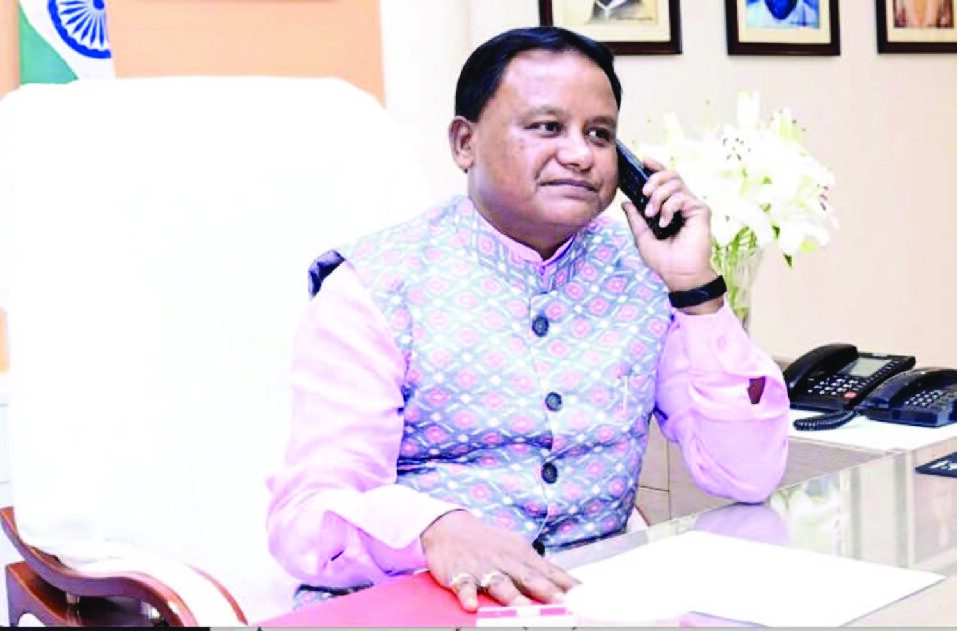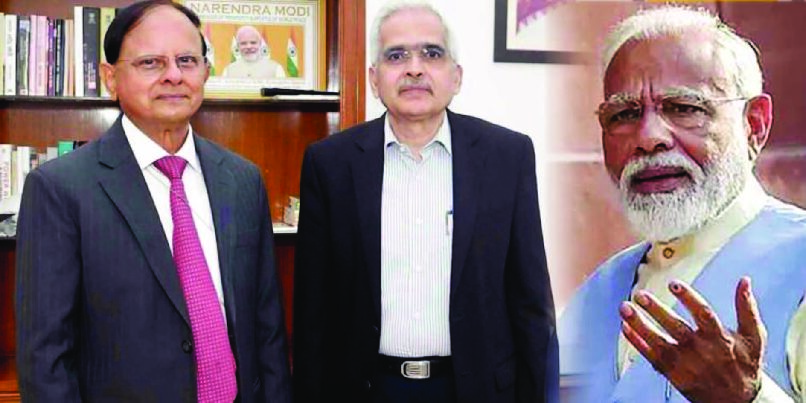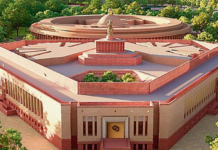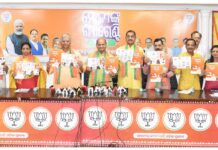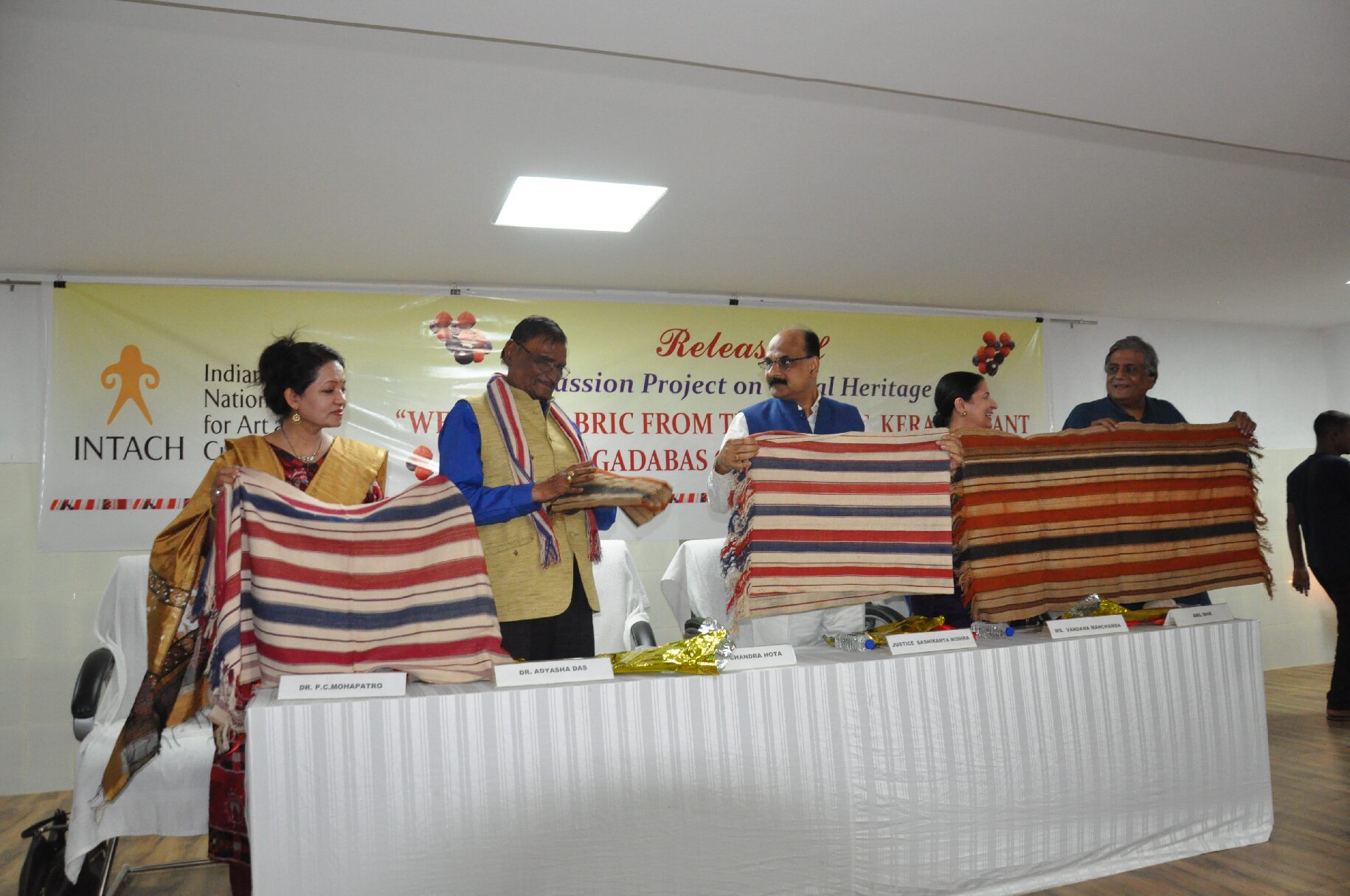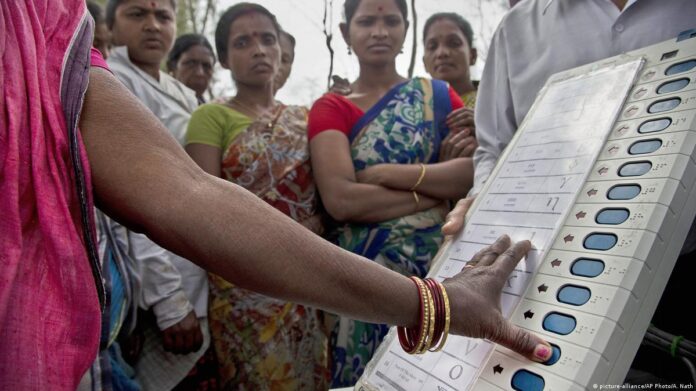The BJP is in power in Madhya Pradesh while the Congress is in power in Chhattisgarh and Rajasthan. Telangana is governed by the Bharat Rashtra Samithi and Mizoram is ruled by the Mizo National Front.
The states of Madhya Pradesh, Chhattisgarh, Mizoram, Rajasthan and Telangana are slated to go to polls later this year.
Following the thumping victory of Congress in Karnataka, people are now looking towards Assembly elections in Chhattisgarh, Madhya Pradesh, Mizoram, Rajasthan, and Telangana. These states will go to polls towards the end of this year.
The Bharatiya Janata Party (BJP) is in power in Madhya Pradesh while the Congress is in power in Chhattisgarh and Rajasthan. Telangana is governed by the Bharat Rashtra Samithi (formerly known as Telangana Rashtra Samithi), and Mizoram is ruled by the Mizo National Front (MNF).Let’sanalyse the electoral histories of these states in an attempt to gauge what the Assembly polls may witness.
Chhattisgarh is a mineral-rich region that has been struggling with Maoist insurgency for years. It was born in 2000 through the Madhya Pradesh Reorganisation Act. In its short history, the state saw the 15-year-long rule of the Raman Singh-led BJP government.
This came to an end in 2018, when the Congress won a landslide victory, winning 68 of the 90 seats and garnering 43 per cent of the vote share. The BJP received 33 per cent votes and won just 15 assembly seats, losing eight per cent votes and 34 Assembly seats.
Chhattisgarh witnessed close elections in 2008 and 2013 when both major parties – the BJP and the Congress – had just a one per cent vote share gap. The BJP won both times but margins seldom get thinner than that.
The Bahujan Samaj Party (BSP) has also had some traction in Chhattisgarh. The party received six per cent votes in 2008 and four per cent votes in both 2013 and 2018. However, in terms of seat share, the BSP never managed more than one or two.
In Madhya Pradesh, the BJP and Congress have battled for a long time. The saffron party has ruled the state since 2004 (barring the 15 months between December 2018 and March 2020). Assembly elections here are of critical importance to the BJP – not just because it’s the incumbent government but also because in the early 1990s, when the BJP was growing, this is the state the party received massive support.
In 2008 and 2013, the BJP enjoyed crushing victories over the Congress, both in terms of seat share and vote share. In 2008, BJP had a six per cent vote share lead and won double the seats the Congress managed. In 2013, the BJP had nine per cent more votes and almost won almost triple the seats the Congress scored.
However, in 2018, both, the BJP and the Congress received an almost equal share of votes (41 per cent). Neither party crossed the majority mark of 115 Assembly seats, though the Congress came close with 114. The BJP won 105 seats.
The BSP had received more than five per cent votes in Madhya Pradesh in the last three assembly elections. The number of Assembly seats it won, however, was in single digits. In 2018, the BSP won just two seats, but the party received the limelight as these seats helped Congress cross the majority mark.
It will be interesting to see what the upcoming elections hold. After all, if both parties perform the way they did in 2018, the contest will be extremely close — a one per cent swing could be all it takes to push a party to the victory line.
Rajasthan has 200 Assembly seats. Unlike Chhattisgarh and Madhya Pradesh, for the last three decades in this state, the incumbent party has lost the Assembly election. Both, the Congress and the BJP have a strong cadre and voter base in the state. At present, the Congress is ruling the state under the leadership of Ashok Gehlot.
It is noteworthy that when the BJP wins in Rajasthan, it wins big. But this is not true for the Congress, at least in the last three Assembly elections. In 2013, the BJP won 163 of the total 200 with 45 per cent votes. The Congress was a distant second, winning just 21 assembly seats and 33 per cent votes.
The Congress won the state in 2008 and 2018. But both times, the party had a very thin victory margin. In 2008 and 2018, the Congress didn’t cross the majority mark of 101 seats. However, with the help of others (the BSP and independent candidates), the party formed the government in the state. The vote share gap was three per cent in 2008 and less than one per cent in 2018.
The long-running trend of anti-incumbency, myriad problems within Congress, and its history of thin victory margins do not bode well for the party. Only a miracle can change the Congress’ fate in the state in 2023.
The formation of Telangana was the outcome of a long political battle. The state was born in 2014 when it broke away from Andhra Pradesh. Since its formation, it has been ruled by the Bharat Rashtra Samithi, formerly known as Telangana Rashtra Samithi.
The state has 119 assembly seats and the TRS won 88 of them with 47 per cent votes in the last Assembly elections in 2018. The Congress is an opposition party in the state and received 28 per cent votes, winning 19 seats in 2018.
The BJP is a minor player in Telangana. It received just seven per cent of votes in the last two Assembly elections. But in the last Hyderabad Municipal Corporation polls, the party surprised everyone and received a handsome vote share. Also, in some of the by-polls in the state, the BJP has received more votes than Congress.
The party has been gaining significant traction in the state. Whether it is able to maintain this momentum or not, only time will tell. Telangana is also significant as the BJP is eyeing it for the 2024 Lok Sabha elections as well.
The AsaduddinOwaisi-led All India Majlis-e-Ittehadul Muslimeen (AIMIM) has emerged as a player in the state, though its presence is limited to just Hyderabad region.
Mizoram, with its 40-member Assembly house, has been ruled by the MNF since 2018. The state has witnessed a long-standing battle between the MNF and the Congress. Between 2008 and 2018, Congress ruled the state.However, in the last Assembly election, the MNF won 27 seats with a 38 per cent vote share. The party could not get the majority, but with the help of other parties, it formed the government.
We have to watch the developments taking place in these 5 states, besides Jammu & Kashmir, and understand the mind of Indian voters before the end this year.










